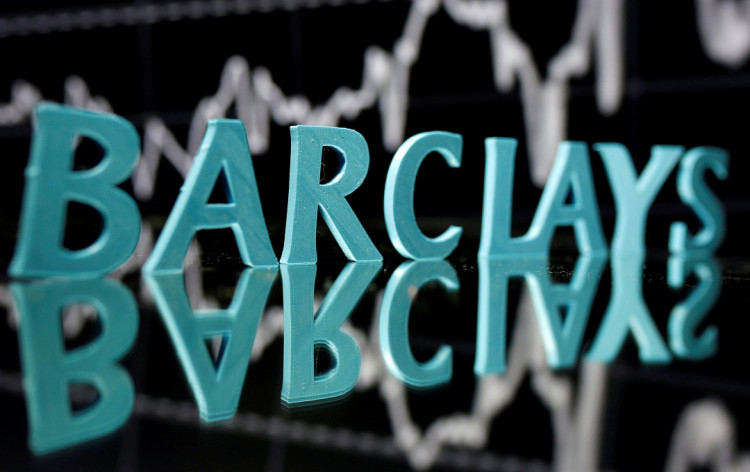While rising U.S. bond yields have somewhat offset the tightening effect of interest rate hikes, Barclays believes the Federal Reserve isn't done with rate increases just yet.
On October 18, analysts from Barclays, including Marc Giannoni, suggested in a report that the Federal Reserve might opt to pause its rate hikes in November but could likely increase rates by 25 basis points in December.
Barclays noted that since the September FOMC meeting, long-term U.S. bond yields have surged, with 10-year and 30-year U.S. bond yields reaching their highest levels since 2007. This has elevated other rates, including mortgage rates and corporate bond yields, giving the FOMC more time to assess upcoming economic data.
The report was released prior to Fed Chair Jerome Powell's remarks this week. In his Thursday speech, Powell acknowledged the Fed's progress in its dual mandate of maximizing employment and stabilizing prices. He suggested that the rise in bond yields might reduce the need for further rate hikes.
Nick Timiraos, a financial journalist often seen as a voice for the Fed, wrote that Powell's recent comments solidified market expectations of no rate hike in November, unless there's clear evidence suggesting economic resilience might jeopardize inflation progress.
However, Powell also mentioned that the current monetary policy isn't overly restrictive, hinting at room for further tightening. He emphasized the economy's robust performance in the face of previous rate hikes and indicated that rates might still not be high enough or maintained long enough.
Timiraos also pointed out that stronger-than-expected data in September for non-farm employment, as well as this week's retail sales and industrial production figures, make it challenging for the Fed to declare an end to rate hikes. Powell didn't make such a call in his Thursday speech.
This perspective aligns with Barclays' view. They highlighted that the positive data trajectory suggests the U.S. economy is still far from the FOMC's targets, and the unexpected rise in the core CPI indicates that inflation is more persistent than previously thought.
Given this, Barclays believes that unless long-term yields continue to rise significantly, the FOMC has ample reason to hike rates again.
The September Summary of Economic Projections (SEP) underscored the committee's optimistic view that inflation would remain moderate, economic activity would only moderately slow in 2024, and the labor market wouldn't slacken.
Even so, FOMC participants might still see a 25 basis point rate hike by year-end as appropriate.
Analysts argue that the key is to what extent the rise in long-term rates has achieved tightening. Without the rise in long-term yields, the data trends would have prompted the FOMC to adopt a rate path consistent with (or possibly above) the path projected at the September meeting, leading to at least one more rate hike in upcoming meetings.
The central question remains: to what extent has the rise in long-term rates accomplished the tightening? Currently, Barclays believes that the higher long-term yields partly reflect a stronger economy and that further tightening measures are still needed to slow down the economy and bring inflation back to the 2% target.






